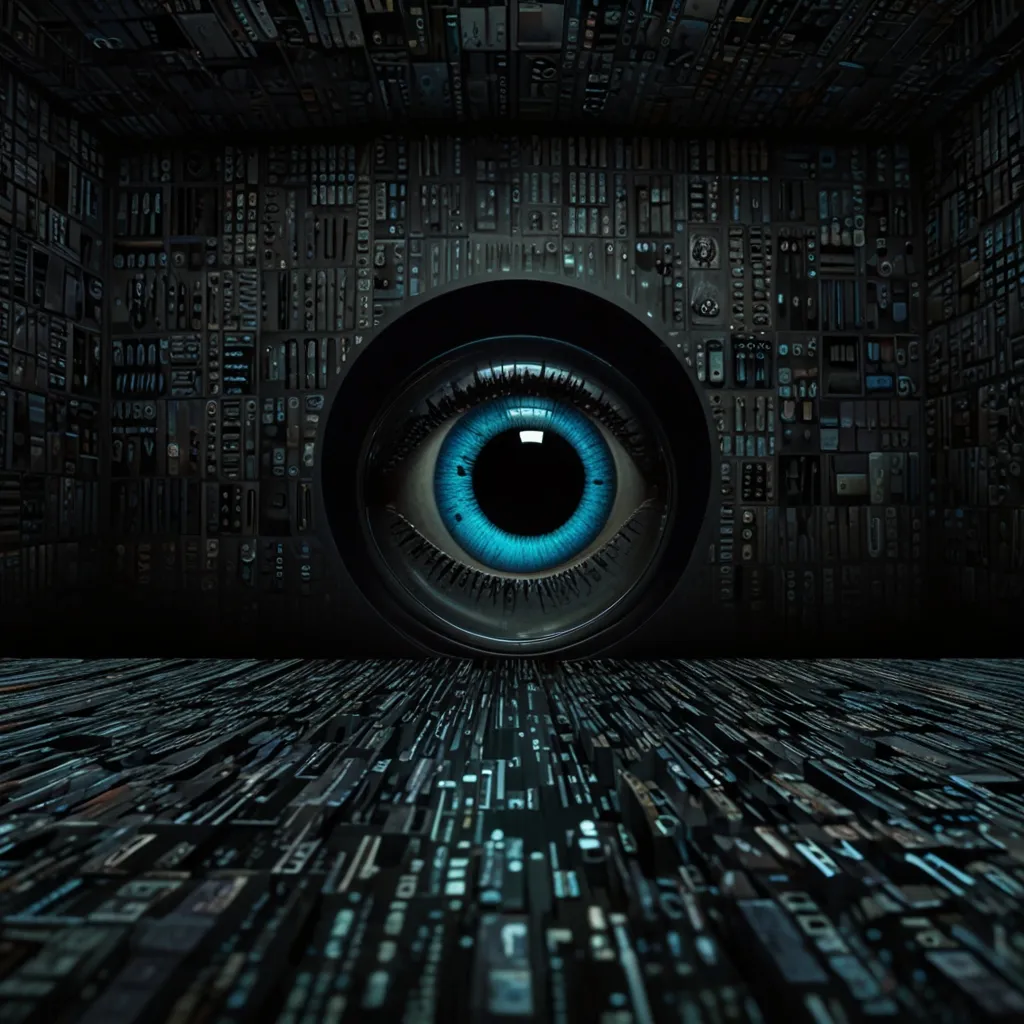Ever heard of the wild idea that governments have machines to cause earthquakes? Sounds like sci-fi, right? But this conspiracy theory, known as the “earthquake machine,” has actually gotten a lot of buzz. People have been speculating for years about whether advanced technology could really mess with seismic activity.
The whole idea revolves around something called artificial seismicity. It’s the thought that tech could be used to make earthquakes happen. Some folks argue that high-frequency sound waves or other energy forms could even start small quakes or bigger ones if they wanted to. It’s pretty out there, but it’s caught some people’s attention.
Nikola Tesla’s name always pops up in these conversations. In the early 1900s, he talked about creating a device, the “Tesla oscillator,” which he said could send electrical energy wirelessly over long distances. Some believe this tech could make Earth’s crust vibrate enough to cause earthquakes. But let’s be real—there’s no solid proof. Most scientists just shrug and call it all speculative.
Another idea floating around is using artificial lightning to tweak the Earth’s crust. The thinking is that zapping the crust with controlled bursts of energy might release stress gradually. This, in theory, could prevent bigger, more destructive quakes. But again, not aimed at directly causing earthquakes, just supposedly managing stress.
Scientific experts haven’t bought into these theories. Earthquakes are natural events that happen because tectonic plates move. The Earth’s crust is always shifting, and this movement releases energy. Scientists can sometimes predict where quakes might happen, but they can’t make them happen or stop them with current tech.
The U.S. Geological Survey (USGS) breaks it down: earthquakes occur when blocks of the Earth slip past each other on a fault line, releasing a ton of energy and making the ground shake. Loads of research back this up, and they haven’t found any real evidence of human-made quakes.
Practically speaking, the idea of an earthquake machine just doesn’t add up. The energy needed to start a big earthquake is massive, way beyond what we can generate or control right now. And seismic activity is super unpredictable, making any such machine incredibly unreliable.
On top of all that, if such tech did exist, it would open a whole can of ethical and legal worms. The potential damage to human lives and property would be huge. Plus, it would probably be tightly regulated and subject to international laws.
Bottom line? The “earthquake machine” theory is fascinating but completely unproven. Earthquakes are powerful natural disasters that we can sometimes predict but definitely can’t control. Instead of chasing after these wild ideas, it’s better to focus on understanding and preparing for these natural events.






